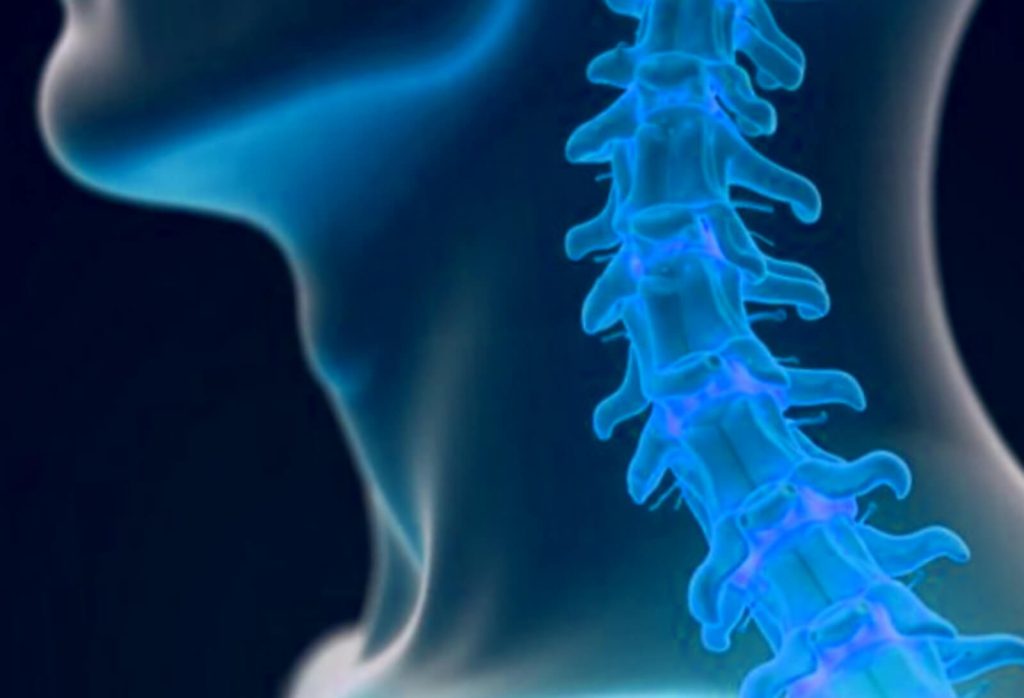Sharon and her husband were avid do-it-yourselfers and, while renovating their kitchen, Sharon’s ponytail got caught up in her spinning Makita cordless drill, which forcefully and unexpectedly wrenched her head down, torquing her neck and wrapping the drill tight against her skull. Talk about neck pain!
8 ½ years later she was still having constant pain and achiness in the left occiput and subocciput, and episodic severe neck pains with any overactivity, including exercising and hiking. She had radiating right shoulder (trapezius ) pain. Sleeping “wrong” would trigger a day of severe pain and she felt as if her neck was always on edge.
“And then there was the double vision, the involuntary eye movements (nystagmus), and the episodes of dizziness and severe imbalance.”
But her most troubling problem had been her extreme anxiety about losing control of her car when driving. This stemmed from an episode that happened 6 months after her Makita injury in which she lost control of her car while driving when she had a sudden 10 second episode of dizziness, double vision, nystagmus, during which she could not see, and had loss of balance while merging onto the I-5 freeway.
It terrified her to drive because these episodes were occurring on a random basis, up to weekly, with no prodrome. She was light sensitive, and as you can imagine, really tense when behind the wheel, gripping the steering wheel, and driving became “The scariest thing, I could literally die in a car accident.”
She had already sought many doctors’ opinions and treatments, and MRI of the thoracic, lumbar and cervical spine only showed a small non-effacing disk bulge at C4-5. Digital motion x-rays demonstrated mild A-P spondylolisthesis in the lower C spine. Her consultations with ophthalmology, ENT, neurology, physical therapy and chiropractic did not yield any benefits.
Sharon was not prone to hyperbole. Her life had gone from one of adventure to one of caution. Where she used to enjoy going up on her roof to blow off leaves, she was completely freaked by the thought of doing it now.
“At ORM, we have a lot of healing tools, and I often say that the art of medicine begins with identifying the cause and then choosing the best tools for each patient.”

In Sharon’s case, her cervical exam revealed a combination of segmental instability and muscular hypertonicity. Her neck could rotate 95 degrees to the right, but only 65 degrees to the left. Laxity of injured ligaments was recruiting the multiple muscles acting on the cervical spine, and these were overstimulated and tense, restricting range of motion, inducing hypoxia and impinging the nerves that help coordinate between the central nervous system, the semicircular canals of balance, and the senses of proprioception. And the fear of having an episode while driving was strongly correlated to triggers from the sympathetic nervous system.
We opted for a series of autologous PRP injections to the ligaments and facet joints of her cervical spine, along with myofascial trigger point injections to the hypertonic muscles acting on her neck.
We also opted for a stellate ganglion block because her episodes of nystagmus, imbalance , double vision and anxiety driving correlated to a common condition of sympathetic overload, and the tool of choice for rebooting the interface between the sympathetic nervous system and the hippocampus is the stellate ganglion block.
Fast forward 7 months and Sharon returned for her final PRP injection, having completed 5 PRP sessions and a single stellate ganglion black. She reported being 90% relieved of the neck pain and instability. She further reported that she was at least 90% resolved of her dizziness and visual symptoms, that her anxiety of driving had completely resolved, and she’d had no vision issues since her SGB.
And she was back to using her Makita cordless drill, but with her ponytail tucked safely in her baseball cap. The right tool for the right job.
Dr. Noel Peterson, ND, DAAPM, is the Medical Director of Oregon Regenerative Medicine, and has practiced naturopathic medicine in Lake Oswego, OR, since 1978. He specializes in natural and regenerative cellular medicine, including Prolotherapy, PRP (Platelet Rich Plasma), and Autologous Stem Cell therapy. Peterson has taught prolotherapy nationally and internationally. In 2019, the Oregon Director Association of Naturopathic Physicians (OANP) and National University of Natural Medicine (NUNM) selected Dr. Peterson to be honored with naturopathic medicine’s prestigious Living Legend Award.



